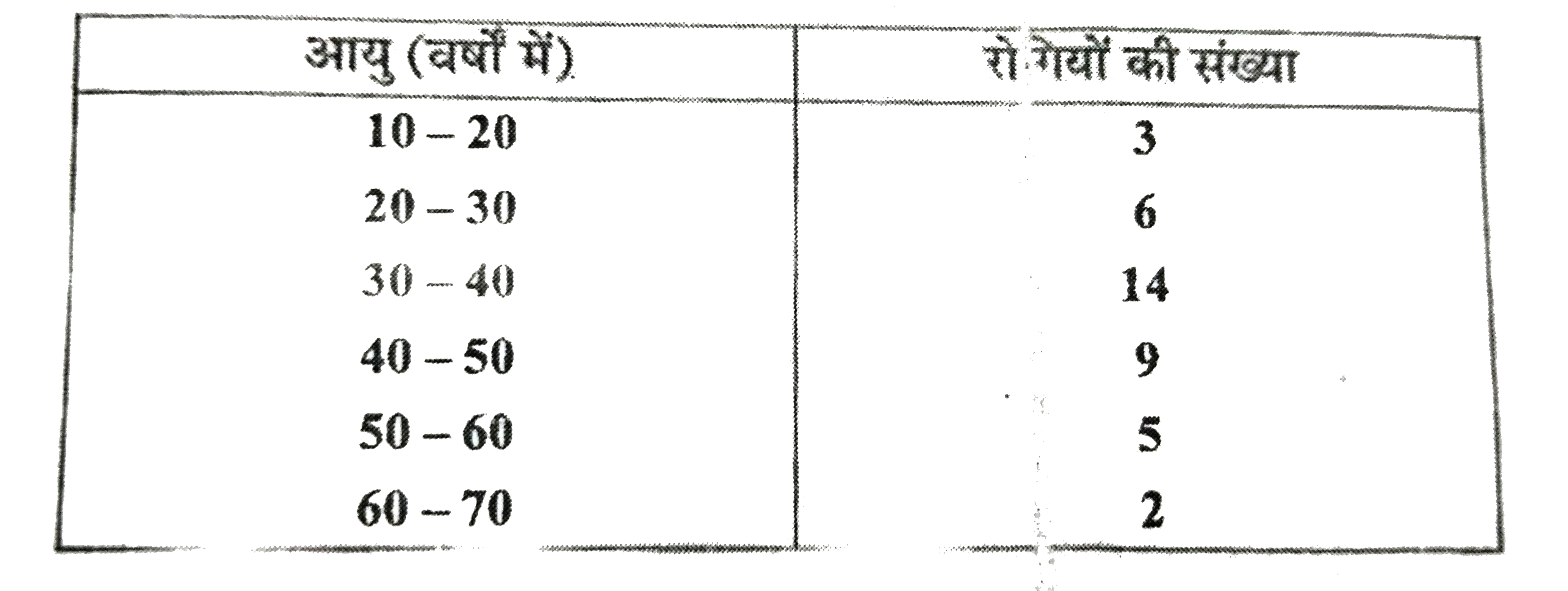The following data gives the number of children in 15 families of a locality.
1,1,2,3,1,5,3,2,4,1,1,2,4,3,1,1
Calculate the array of above data and construct a frequency as below. Solution in Punjabi
Step by step video & image solution for The following data gives the number of children in 15 families of a locality.1,1,2,3,1,5,3,2,4,1,1,2,4,3,1,1Calculate the array of above data and construct a frequency as below. by Maths experts to help you in doubts & scoring excellent marks in Class 9 exams.
Updated on:21/07/2023Topper's Solved these Questions
Similar Questions
Define
Statistics as a subject.
View SolutionThree angles of a quadrilteral are respectively 50∘ and 110∘ and 100∘ . Find the fourth angles.
View SolutionFind the lateral surface and total surface area of a cuboid of length 80 cm, breadth 40 cm and height 20 cm.
View SolutionFollowing data gives the number of children in 40 families: 1,2,6,5,1,5,1,3,2,6,2,3,4,2,0,0,4,4,3,2 2,0,0,1,2,2,4,3,2,1,0,5,1,2,4,3,4,1,6,2 Represent it in the form of a frequency distribution.
View SolutionFollowing data gives the number of children in 40 families: 1,2,6,5,1,5,1,3,2,6,2,3,4,2,0,0,4,4,3,2,2,0,0,1,2,2,4,3,2,1,0,5, 1,2,4,3,4,1,6,2,2 Represent it in the form of a frequency distribution.
View SolutionGiven below is the data showing the number of children in a family, in a locality of 15 families.
1,3,5,4,3,2,1,1,3,2,2,1,4,2 and 1. and Draw the frequency table to represent the data.
View SolutionGiven below is the data showing the number of children in a family in a locality of 15 families.
Prepare the frequency table for the data 1, 3, 5, 4, 3, 2, 1, 1, 3, 2, 2, 1, 4, 2, and 1.
View SolutionThe following data gives the number of children in 20 frequency table.
4,5,2,4,2,2,1,2,2,1,5,3,2,1,1,4,3,2,1,1
Make an array of the above data and construct a frequency table.
View Solutionनीचे दिए हुए आँकड़ों के लिए बारम्बारता बहुभुज बनाइए :

View SolutionGiven below is the data showing the number of children in 20 families of a colony:
2,1,3,1,2,1,1,3,2,3,2,3,2,2,4,3,1,4,3,2
Arrange the above data in an ascending order and then put it in the tabular form.
View SolutionThe number of children in 25 families of a colony are given below:
2,0,2,4,2,1,3,3,1,0,2,3,4,3,1,1,1,2,2,3,2,4,1,2,2.
Represent the above data in the form of a frequency distribution table.
View SolutionFollowing data gives the number of children in 40 families: 1,2,6,5,1,5,1,3,2,6,2,3,4,2,0,0,4,4,3,2 2,0,0,1,2,2,4,3,2,1,0,5,1,2,4,3,4,1,6,2 Represent it in the form of a frequency distribution.
View SolutionFollowing data gives the number of children in 40 families: 1,2,6,5,1,5,1,3,2,6,2,3,4,2,0,0,4,4,3,2,2,0,0,1,2,2,4,3,2,1,0,5, 1,2,4,3,4,1,6,2,2 Represent it in the form of a frequency distribution.
View Solutionनिम्नलिखित आकड़ों से बारम्बारता बहुभुज की रचना कीजिए :-

View Solutionनिम्न आँकड़ों का बारम्बारता बहुभुज बनाइए।

View SolutionConstruct a frequency polygon for the following data :

View Solution
